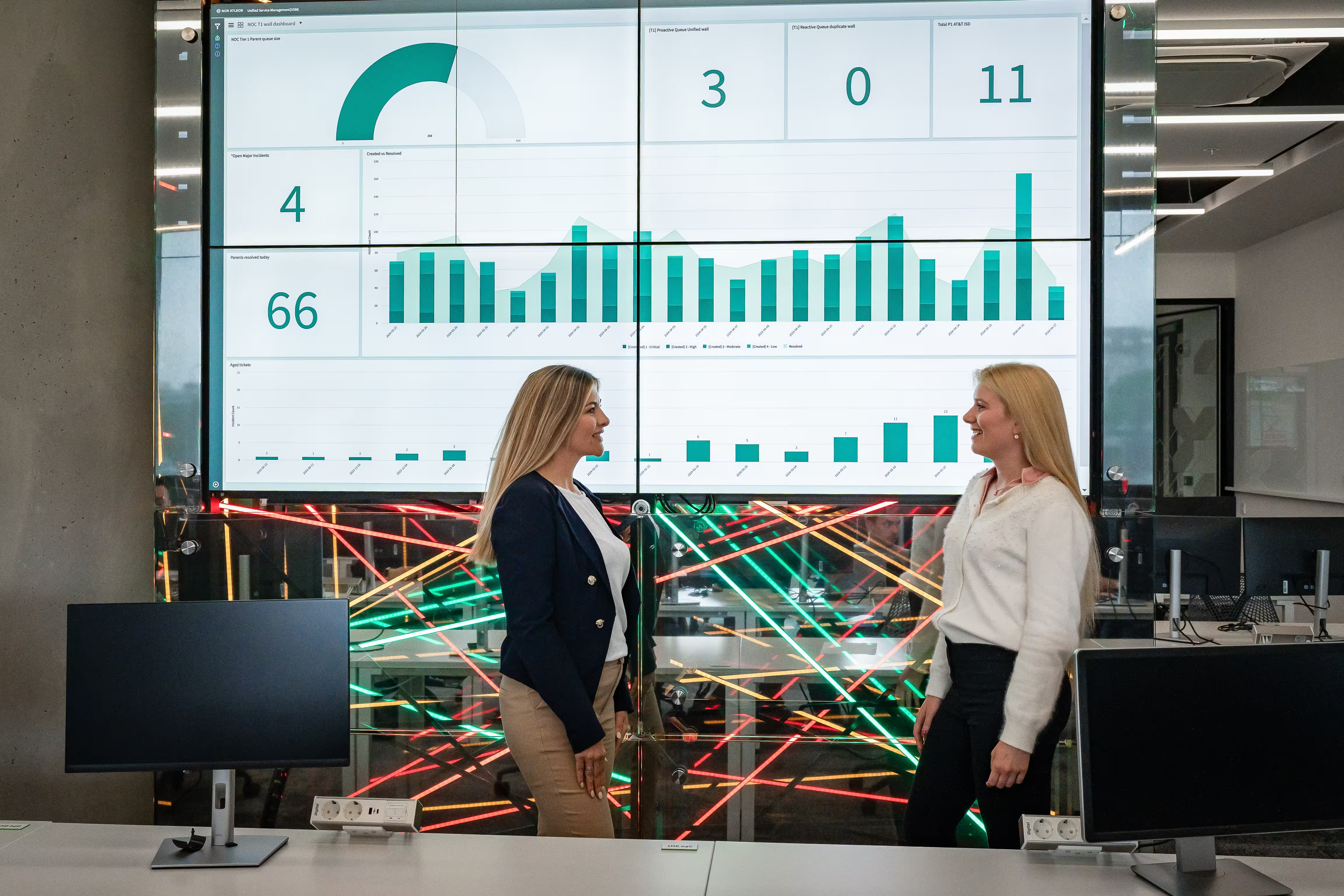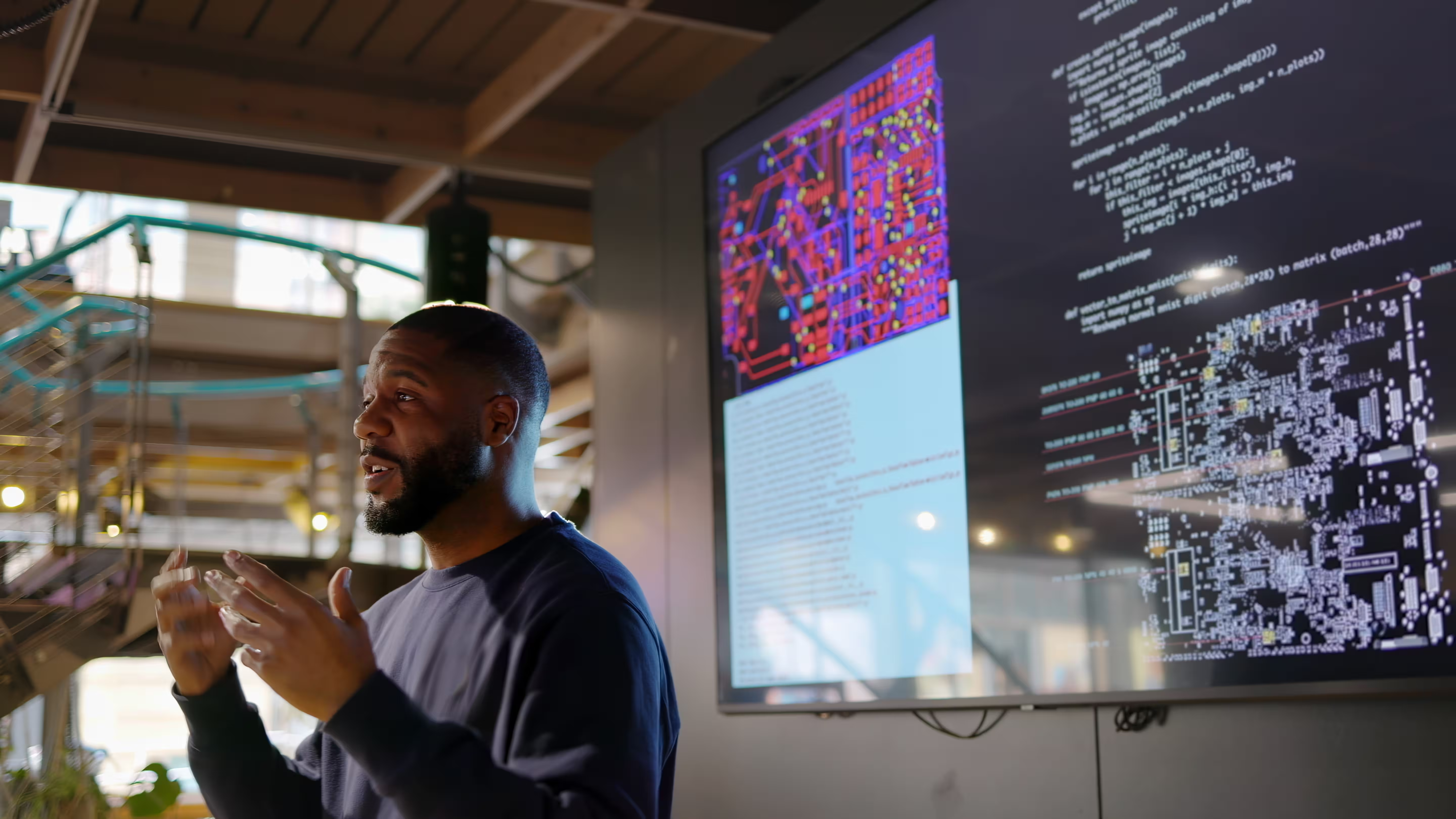Transforming the self-service channel for a digital-first future
It’s a burning question among FIs: how are my competitors keeping their ATM networks relevant? As consumers turn more to digital and self-service channels to meet their everyday banking needs, FIs are laser-focused on delivering the best-in-class experience today’s consumers expect. This focus is driving a seismic change in how they deliver frontline services to their customers in the most cost-effective ways.
With that in mind, we in turn are laser-focused on ways to support FIs in transforming their ATM channels to provide the best experiences for these digital-first consumers.
Modernizing the technology stack to extend transactions and services for the consumer
With advanced enterprise software, FIs can evolve their ATM channels from processing only basic transactions to complete fullfilment by taking advantages of the services available on digital channels and in the branch. By extending integration in the enterprise, using APIs and modern protocols such as ISO20022, FIs can connect the ATM to a full set of branch and digital banking services without the traditional restrictions of legacy ATM rails.
Related: Protecting access to cash in the evolving banking landscape
This modernization can include direct connection to the core banking system, connection to open banking and to third party services beyond the bank itself. The result is a consistent and comprehensive banking service delivered wherever the consumer happens to be.
Optimizing cash
FI are also increasingly focused on improving efficiency and reducing expenditure. One area of focus is the operational efficiency of the cash supply chain. Any easy way to accomplish this is to reduce cash replenishment, but you don’t want to risk your ATMs running empty.
Managing cash on a spreadsheet isn’t the answer. It’s a complex science that needs a specialized solution, especially when embracing cash recycling technology.
A specialized cash management and optimization solution can automate cash forecasting with accuracy and repeatability. It can optimize the forecast against known business rules and constraints. This can generate the best and most cost-effective cash delivery and collection schedules, keeping cash supply costs to a minimum while ensuring that cash is available to consumers whenever they need it.
Cash recycling hardware can further improve the impact of cash optimization, which takes notes that have been deposited and reissues them in cash dispense transactions. Cash recycling ATMs are a fast-growing area of the ATM industry because they can help minimize cash replenishment needs.
Having the right presence is key
As we drive consumers to do more through self- service, it is key for FIs to have the right technology available at times and places that are convenient to consumers. Interactive services technology empowers consumers to transact on their own terms. It does this by providing more convenient access to tellers outside restrictive branch hours and allowing consumers to do more of their banking on a self-service basis. It even lets them call for assistance when needed or for more complex transactions.
Having the right self-service technology for your customer base is vital. For example, if you’re located in a retail center, it’s important to be able to offer coin deposit and collection solutions, pre- staged transactions and bulk collection. For small business owners in your customer base who don’t want to take time out of their day to stand in line in the branch, these services are a crucial lifeline.
Extending self-service capabilities through a modernized infrastructure
Modernizing the tech stack is a critical part of extending the transactions and services that
are available at the ATM and ITM. With advanced enterprise software, FIs can take their self-service channel from basic transactions to a mini branch. A core focus for IT providers is enhancing this offer to further integrate the physical and digital channels with assistance-on-demand technology.
This way, customers can seamlessly connect their own devices to an FI’s infrastructure and speak to the remote teller via their personal device, while also completing a transaction or service at the ATM. With a greater transaction and services set, customers can complete more of their financial needs and FIs can deliver more convenience and transfer traditional teller activities like bulk cash collections to self-service.
While there is no magic formula, putting the customer first and enabling them to bank at their convenience when and where they choose is critical. If done right and with the right technology in the right locations, these goals can be achieved without sacrificing business efficiencies.
Let’s explore what’s possible for your business. Our team is ready to connect and discuss tailored solutions that meet your goals.
Thank you for reaching out. A member of our team will be in touch shortly to continue the conversation.




.jpg)


%20(1).jpg)





%20(1).jpg)

%20(1).jpg)




%20(1).jpg)
%20(1).jpg)
%20(1).jpg)

%20(1).jpg)
%20(1).jpg)
.jpg)
.jpg)
.jpg)
%20(1).jpg)
.jpg)
.jpg)
.jpg)




.jpg)
.jpg)
.jpg)
.jpg)
